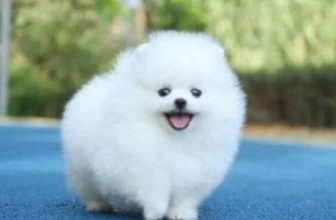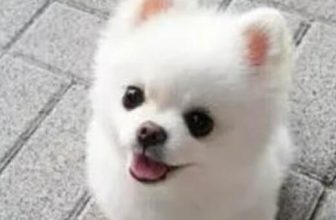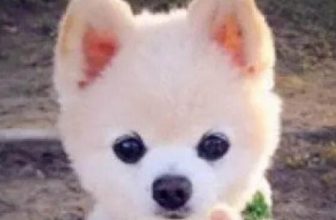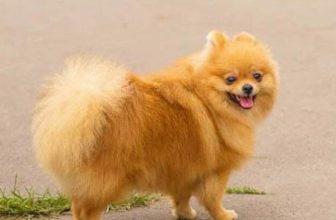
What are the things that dogs cannot eat? Many pet owners don’t know which foods dogs can eat and which ones they cannot eat
1. Foods that dogs cannot eat
Some foods that are not easy to digest, such as shrimp, octopus, crab, mushrooms, etc., can cause diarrhea or vomiting in dogs; irritating condiments such as ginger, curry powder, pepper, and chili are too irritating to the gastrointestinal tract and can aggravate the dog’s liver, Kidney burden; onions contain toxic effects that dissolve red blood cells. Excessive consumption can cause hematuria, anemia, jaundice and other poisoning symptoms; chicken and fish bones are hard and can easily hurt wounds and digestive organs, so they should not be eaten. Beef and mutton, etc., if consumed for a long time, will cause dogs to get mite disease, just like people get psoriasis. Dog skin diseases are difficult to cure; feeding dogs liver-based foods for a long time will have adverse effects on the pet’s health. Because they have toxins in their livers. In addition, because the liver is rich in vitamin A, excess vitamin A will compete with vitamin D in the dog’s body, affecting the absorption of vitamin D in the dog’s body, leading to vitamin D deficiency. ; Frozen milk, ice cream and other dairy products are also not suitable for dogs, especially for underdeveloped puppies. If a puppy often drinks a few mouthfuls of cold milk, it will cause diarrhea. This will form habitual diarrhea in the long term, making the puppy weak and sick, and hindering its development and growth. Even heated milk and other dairy products can only be fed to dogs in small amounts, as the dog’s stomach and intestines are not adapted to such foods. ; Dogs may be poisoned if they eat too much grapes or raisins. The general symptom is vomiting. In severe cases, excessive amounts of grapes or raisins may lead to kidney failure, uremia, or even death from coma. Your dog’s body can automatically synthesize vitamin C, so you don’t need to give your dog fruit every day and you won’t be short of it; don’t feed your dog sugar. Snacks, sugar and other sweets can easily lead to obesity, insufficient calcium absorption and dental caries, which are not good for dogs at all.
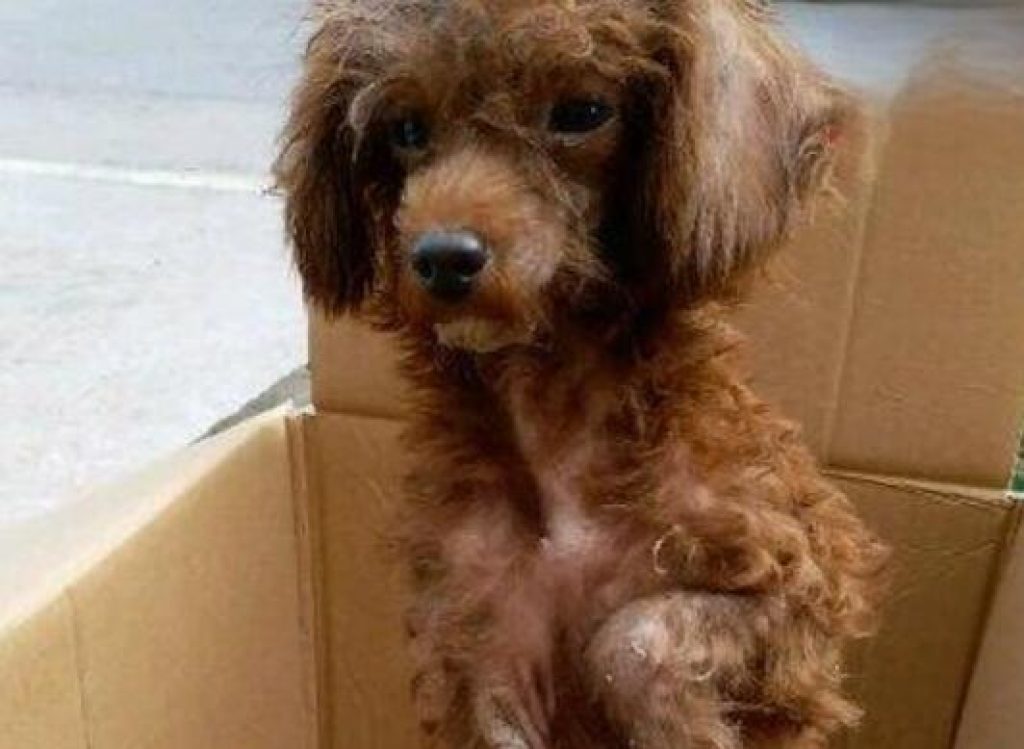
2. Dog’s dietary errors
1. The owner’s meals and ordinary people’s fish bait meals contain a large amount of oil, salt and other seasonings, which are not suitable for dogs to eat. Adult dogs only need to eat food containing 5n of salt. Excessive oil and salt are harmful to their bodies. Pungent foods are more likely to cause gastrointestinal discomfort. Some owners like to feed their dogs human food, or use “ham sausage + rice” and other foods as their staple food. These will cause malnutrition in their pets, which will indirectly lead to some diseases mainly caused by calcium deficiency, such as lumbar spondylosis and rickets in dogs. Fractures that should not occur due to the narrow pelvis, constipation, obesity, urinary calculus, dental calculus, etc. So this feeding method is not advisable.
2. It is best to feed the dog twice a day and try not to feed it at night. For example, eating at night can cause indigestion and easily enlarge the abdominal cavity, affecting body shape and causing obesity.
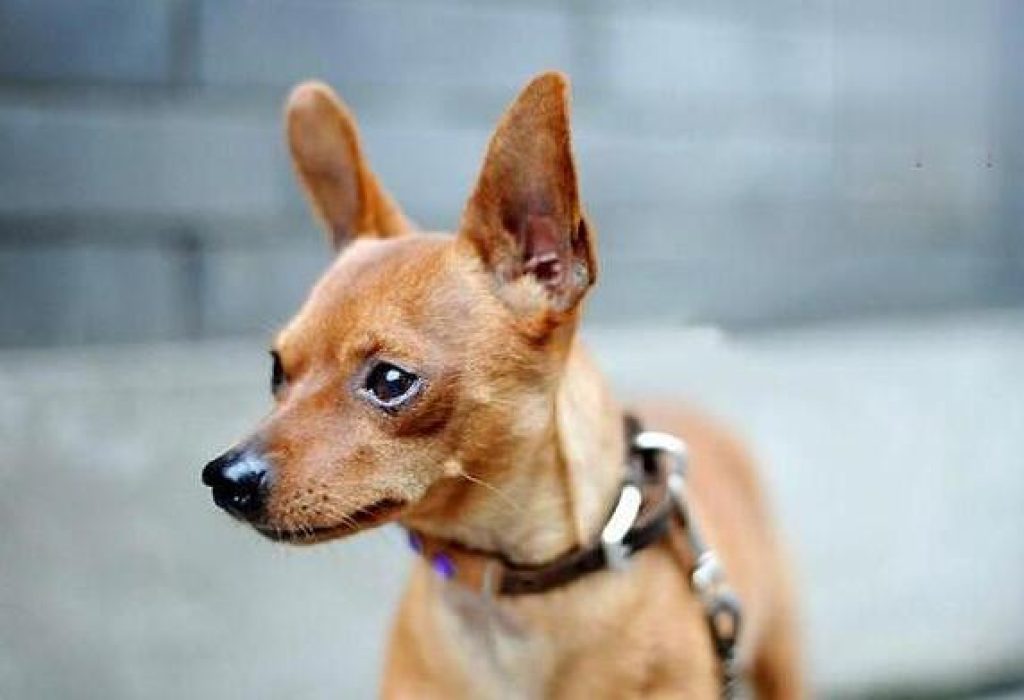
3. Precautions for early puppies
1. Don’t let the puppy get overtired. When the puppy first enters the house, the puppies tease it to make it feel happy and increase its sense of belonging. However, excessive play will make the puppy tired and unsupportive, affecting its growth. Resting while playing is more conducive to the growth of your dog.
2. It is best to keep it away from strangers for two weeks, and do not take it to lively places, as this will make it feel scared.
3. When the puppy is sleeping, cut teeth to disturb it, let alone frighten it.
4. When puppies are eating, they should not be harassed and should not be allowed to run or jump.
5. Do not feed snacks frequently, otherwise it will easily affect the puppy’s meal and cause gastrointestinal discomfort.
6. When catching a dog, grab the top of the dog’s neck with one hand, and then support the dog’s belly with the other hand. Unlike lifting a cat, you only grab the skin on the back of the dog’s neck. When you are holding your dog, place one hand in front of it, and with your other hand or arm, place the dog’s hind limbs next to the tail, close to the body, so that the dog feels stable. Only hold the puppy’s front legs when cutting the chicken, because the puppies are not fully developed and can easily break or be injured.
7. Do not put the puppy in a high place, even for a moment. Most dogs are afraid of heights and occasionally suffer concussions or fractures from falls.
8. Never scare a puppy with sudden noises, as this will make it timid and lose confidence in the new environment.



